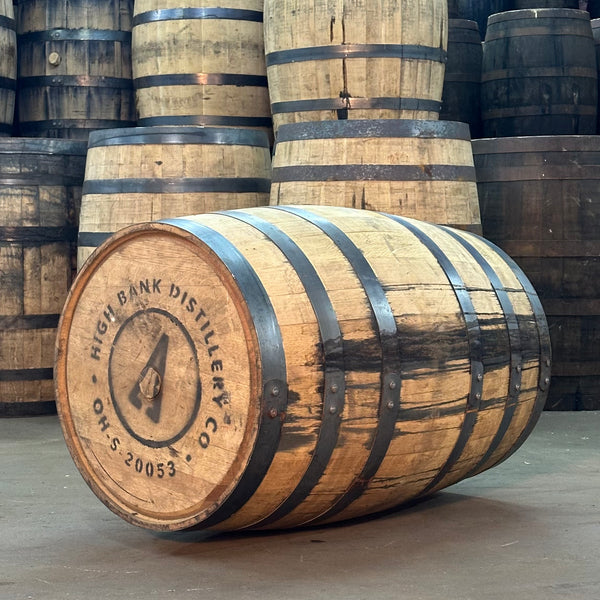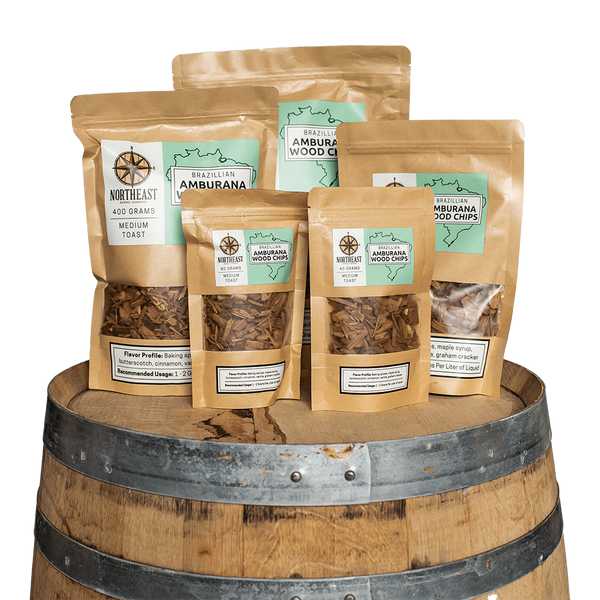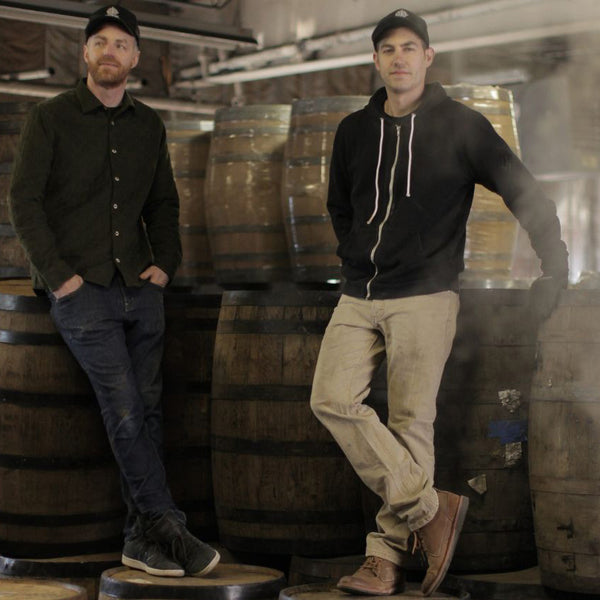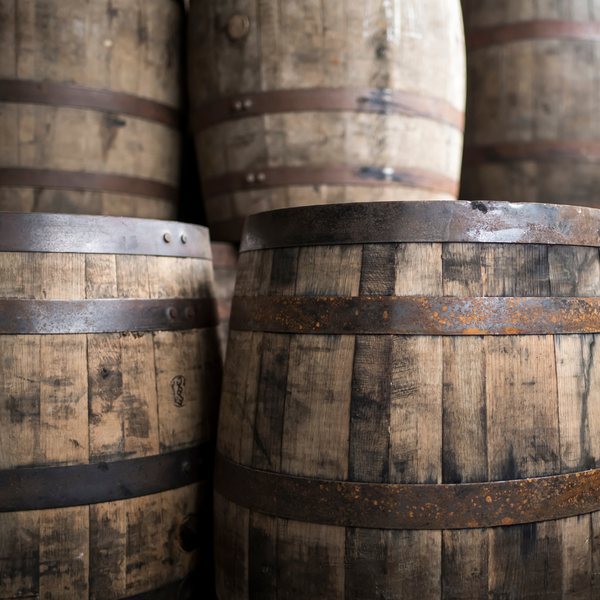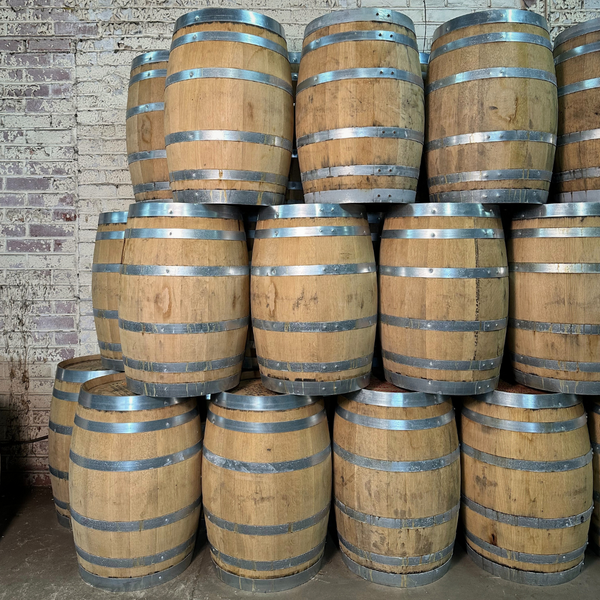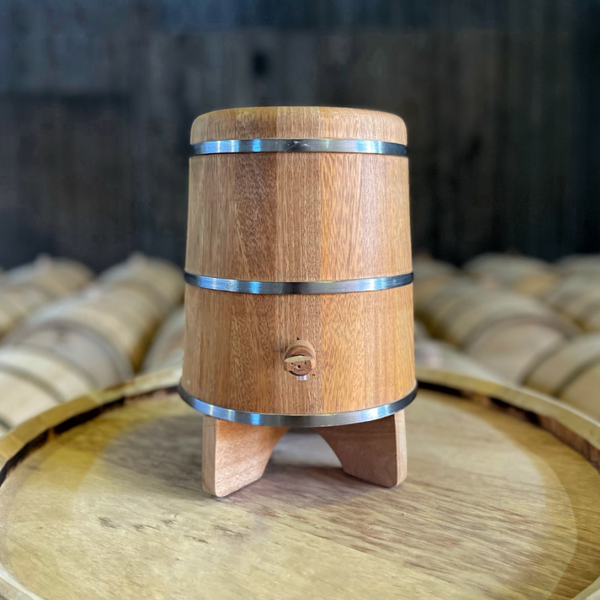Fermentation is where the true magic of beer happens. At this stage, yeast transforms a sweet, uncarbonated wort into the complex and refreshing beverage we know as beer. While fermentation can take place in stainless steel, glass, or plastic, many brewers are rediscovering the unique flavors that come from fermenting beer in wooden barrels.
In this guide, we’ll cover the basics of beer fermentation, explore how time, temperature, and vessels shape the outcome, and then dive into the special role of barrel fermentation.
What is Beer Fermentation?
At its core, fermentation is the natural process where yeast consumes sugars and produces alcohol, carbon dioxide, and flavor compounds. Without fermentation, beer would just be sweet grain tea.
-
Primary fermentation – the first stage where yeast rapidly consumes sugars and alcohol levels rise.
-
Secondary fermentation – a slower phase where flavors develop, and yeast refines the beer’s character.
Key factors that influence fermentation include:
-
Yeast strain – Ale vs. lager yeasts bring different flavor profiles.
-
Temperature control – Too warm or too cool can create off-flavors.
-
Fermentation vessel – The container can impact flavor, clarity, and overall consistency.
Fermentation Temperature: Why It Matters
The temperature of fermentation plays a huge role in the beer’s final profile. Yeast behaves differently depending on how warm or cool the environment is:
-
Ales (warmer temperatures, ~60–75°F / 15–24°C): Produce fruity or spicy esters, bolder flavors, and more expressive yeast character.
-
Lagers (cooler temperatures, ~45–55°F / 7–13°C): Result in a cleaner, crisper taste with fewer fruity notes.
Keeping fermentation within the ideal range helps avoid off-flavors and ensures yeast stays healthy.
How Long Does Fermentation Take?
Fermentation time depends on several factors:
-
Beer style – Light ales may finish in 1–2 weeks, while lagers often take longer.
-
Yeast strain – Some yeasts ferment more vigorously than others.
-
Fermentation vessel – Stainless steel offers consistency, while barrels often extend the timeline.
With barrel fermentation especially, beers may rest for weeks or months, allowing flavors to slowly evolve.
Fermentation Vessels Compared
Brewers have many choices for where fermentation happens:
-
Stainless Steel Tanks – The industry standard. They allow precise temperature control, easy sanitation, and consistency batch after batch.
-
Glass or Plastic Carboys – Common for homebrewers. Affordable and practical, but less durable long-term.
-
Wood Barrels – The traditional option. Barrels aren’t just storage vessels — they actively influence the beer through subtle oxygen exchange and wood character.
While stainless steel prioritizes control, barrels bring complexity and history to the process.
How Barrel Fermentation Works
Fermenting beer in a barrel is different from simply aging it. The beer ferments inside the wood itself, interacting with the vessel in a way stainless steel can’t replicate.
Here’s what makes barrel fermentation unique:
-
Micro-oxygenation – Tiny amounts of oxygen pass through the wood, softening harsh flavors and encouraging yeast activity.
-
Wood characteristics – Oak, chestnut, and other woods release tannins, vanillin, and other compounds that enhance aroma and taste.
-
Wild yeast & bacteria – Depending on how the barrel is treated, it may harbor Brettanomyces or lactic acid bacteria, creating funky, sour, or complex flavors.
-
Barrel size – Smaller barrels mean more surface contact, which accelerates flavor extraction and changes.
Advantages & Challenges of Barrel Fermentation
Advantages
-
Unique flavors – Vanilla, spice, smoke, or fruity esters depending on the wood.
-
Complexity – Layers of flavor impossible to achieve in stainless steel alone.
-
Tradition & storytelling – Adds authenticity and artisanal appeal.
Challenges
-
Contamination risks – Unwanted microbes can spoil a batch.
-
Inconsistency – No two barrels are exactly alike.
-
Maintenance – Barrels require careful cleaning, hydration, and monitoring.
When to Choose Barrel Fermentation
Barrel fermentation is often reserved for special projects where brewers want to create something truly distinctive. Some examples include:
-
Sour beers (wild ales, lambics, saisons)
-
Barrel-fermented stouts or porters
-
Farmhouse-style beers with funky yeast profiles
-
Experimental small-batch releases
If the goal is complexity, character, and uniqueness, barrel fermentation delivers.
Ready to Try Beer Fermentation Yourself?
Beer fermentation is the heart of brewing–whether it's happening in a stainless tank, a glass carboy, or a wooden barrel from us! While modern methods favor precision and control, fermenting in barrels adds depth, tradition, and flavor that set certain beers apart.
If you’re ready to explore how barrel fermentation can transform your brews, check out our selection of barrels to get started!


